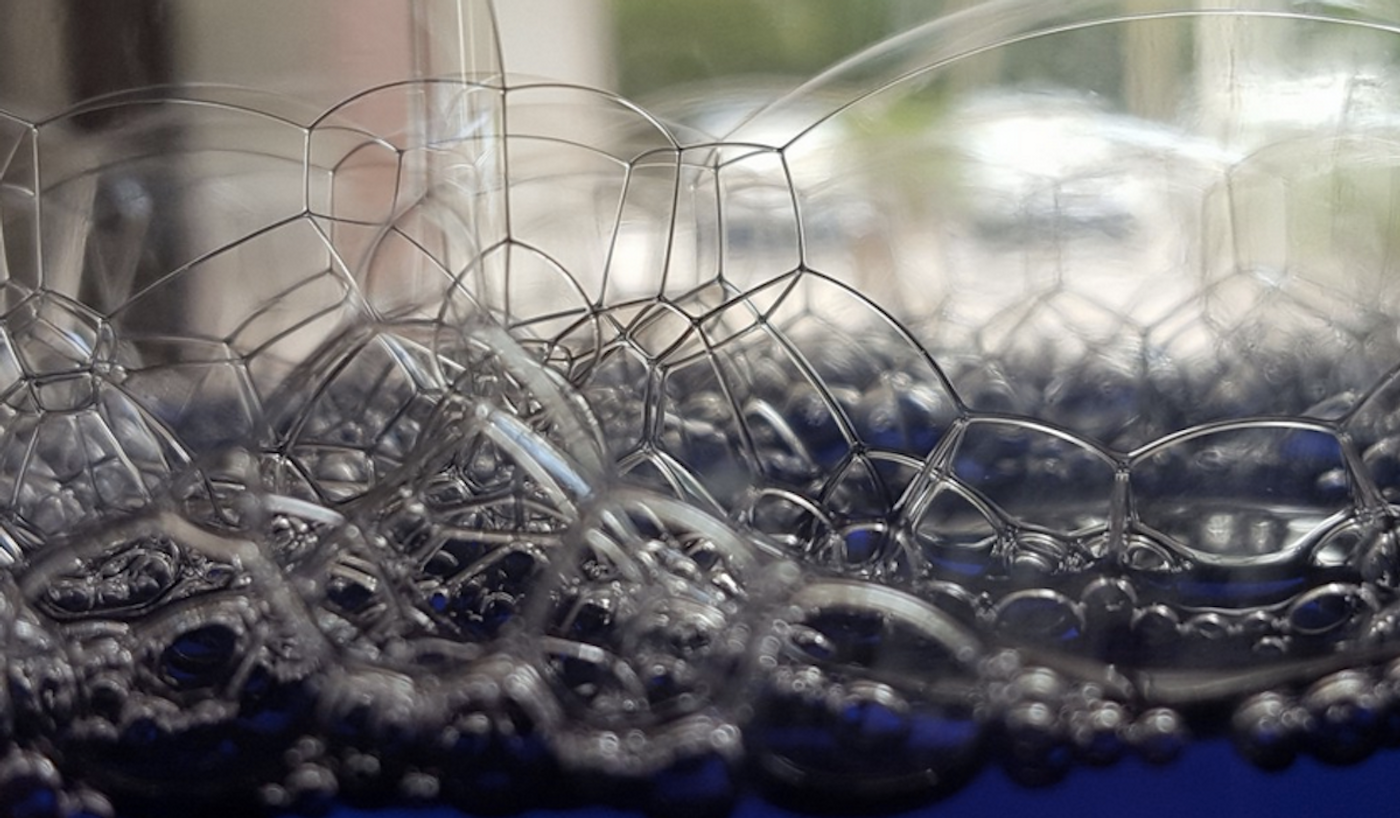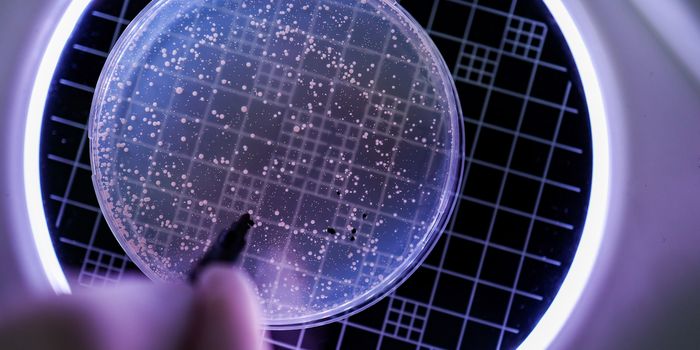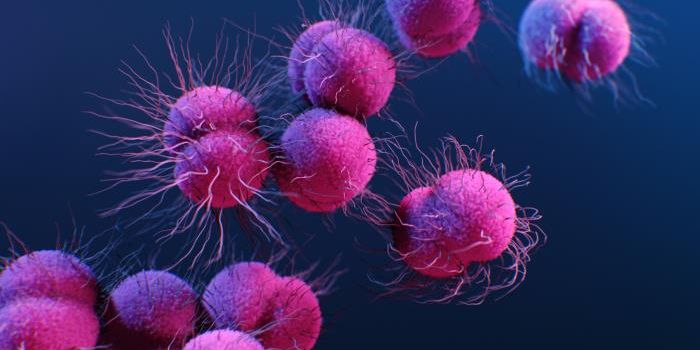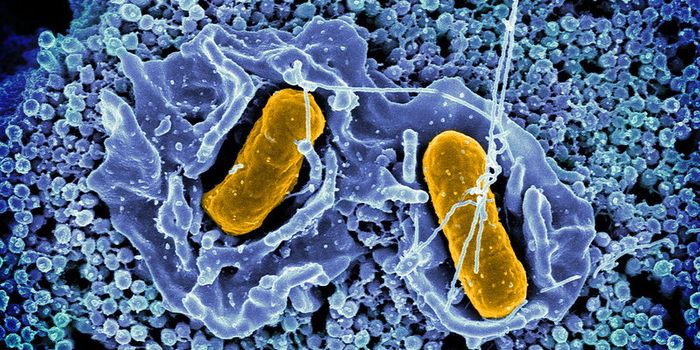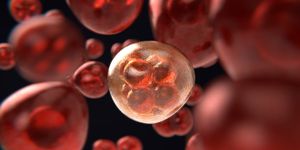Hydrogen Peroxide Shields The Gut Lining From Bacteria
Hydrogen peroxide is known as a corrosive chemical and is sometimes used as a disinfectant. But scientists have now found that an enzyme in the lining of the gut can generate the production of hydrogen peroxide, which can apparently help shield the body from the many microorganisms that live in the gastrointestinal tract. The study, which also proposes a new method for treating gut inflammation, has been reported in Cell Host & Microbe.
The human body needs microbes for many reasons, and in the gut, they serve important functions like helping us digest food and absorb nutrients. But that metabolic activity happens in an environment with very little oxygen.
"More than half of the human body consists of microbes that do not tolerate oxygen very well," said lead study author Andreas Bäumler, professor of medical microbiology and immunology at the University of California Davis Health.
The surface of the colon has to be protected from the gut microbiota, otherwise, the cells of the gut's lining will launch an immune response, triggering inflammation. It was once thought that these gut lining cells released oxygen, creating a gap that prevented microbes from getting too close. This work shows that an entirely different mechanism may be at work.
"We looked at the spatial relationships between the bacteria in the gut and its host, the colon," Bäumler said. "We found that cells in the colon's lining release hydrogen peroxide, not oxygen, to limit microbial growth."
In the intestinal lining, there is an enzyme called NOX1. NOX stands for NADPH oxidase, and the NOX family of enzymes (that includes NOX1-5 as well as other molecules) works to mediate electron transfer and generate reactive oxygen species, like hydrogen peroxide, which is their only known function. In the gut, the hydrogen peroxide produced by NOX1 seems to help control the location of gut microbes.
If a microbial pathogen utilizes hydrogen peroxide, it can only do so when it's attached directly to the lining of the intestine. Hydrogen peroxide may act as a kind of disinfectant, protecting the intestinal surface. Microbes that remain farther away from the lining, therefore, remain unharmed.
Imbalances or dysbiosis in the gut microbiome have been connected to many different diseases. Dysbiosis can lead to inflammation and gastrointestinal symptoms including nausea, cramps, and bloating. Antibiotics or probiotics are sometimes used to treat the condition, by modifying the bacterial community in the gut.
This work suggests that dysbiosis might have to be treated in a different way, which would restore normal function to host cells instead of altering the gut microbiome.
"We need to shift the focus of gut inflammation treatments from targeting bacteria to fixing habitat filters of the host and restoring their functionality," Bäumler said.
Sources: AAAS/Eurekalert! via University of California - Davis Health, Cell Host & Microbe
